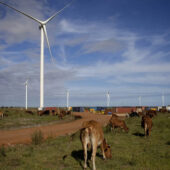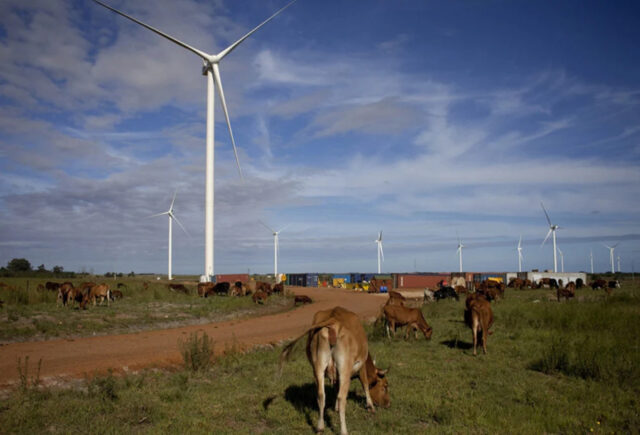Guide 2024: The national advisory boards (NABs) for impact investing of Turkey and Belgium share their views on how the impact ecosystem is developing in their local markets.

Hale Özsoy, vice president, Turkey’s EYDK
“The EYDK mission is to formulate and enhance the ecosystem for impact investing in Turkey by attracting global impact investors into the country, positioning the country both as a regional hub and as a model for surrounding countries.
The idea for forming EYDK as a NAB germinated in 2019. It started out as an informal assembly of the public and private institutions, and then in 2021 transformed itself into a formal platform to facilitate the development of impact investing infrastructure in Turkey.
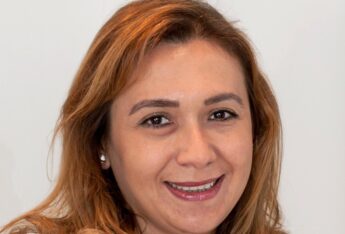
Having the private sector on board is important, as it is the beating heart of the Turkish economy. If you look at the composition of EYDK today, around 50% is private institutions, around 25% is public institutions, and another 25% is non-profit organisations such as the global development banks.
One thing that differentiates our NAB from other impact initiatives in the country is that we are trying to bring the public sector in, so that we can influence policy and regulation. That will help us accelerate the process and achieve tangible results early on. We also want to come up with a common language and infrastructure around impact investing across all stakeholders, private or public.
We’ve made a lot of progress to date, and Turkish impact investing is becoming a more and more vibrant space. Yet we also know that we need to do more; to set up clear priorities to make progress in achieving the 17 Sustainable Development goals.
We’re in a phase of transition, from ESG towards impact investing
Hale Özsoy
Above all, we would like to accelerate the responsible investing efforts for all stakeholders by setting up a well-developed infrastructure, identifying clear targets, highlighting transparent KPIs to measure progress and attracting a higher share of impact investing capital to our country. Once organisations start to achieve their targets, it then becomes easier to introduce more challenging goals and broaden impact criteria in the organisation, because it starts to get incorporated into the culture.
At Turkven Private Equity, where I’m a director, we have introduced many impact-specific targets in our portfolio companies, set clear KPIs and incorporated these KPIs into performance evaluation of portfolio company top management.
In Turkey, we’re in a phase of transition, moving to the next phase from ESG strategies which mainly aim to reduce harm and towards impact investing, which aims to create a tangible positive outcome in environment and society. As we show more and more tangible positive impacts created by our investments, we will be able to grow the impact investing network faster.”

Steven Serneels, co-founder and chair, Impact Finance Belgium (IFB):
“Today, the Belgian impact investment market is relatively small compared to other, more advanced markets, and estimated at around €6-16bn, representing approximately 1-2.5% of assets under management. But our own research has found that it could more than double to over €30bn within the next three to five years and represent 10% of AUM (€60-80bn) by 2030. This is a key objective of the IFB as 10% is considered the tipping point at which the market will sustain natural growth.
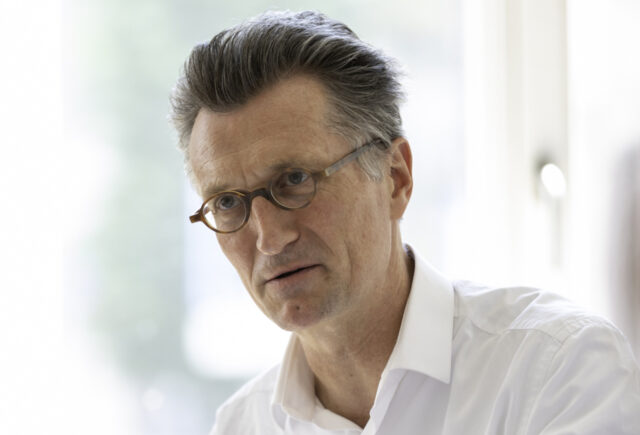
The key players in Belgium are also distinct from other markets, with family offices ac-counting for 15% of the impact market, only second in line to the pure impact funds. Unlike the Netherlands where pension funds are really pioneering impact investing, in Belgium they are barely discernible representing less than 1% of the total impact AUM. We do hope to turn this around and are talking to the leading pension funds in Belgium to better understand what they need to join the impact party.
A substantial portion of impact regulation will be defined at a European level and from the social taxonomy to the SFDR and the rules around Article 8 and 9 funds, it is vitally important for us to be a part of that conversation. A few European NABs, including the IFB, have taken the lead by working closely together with the EVPA, Europe’s investing for impact network, to become one, coordinated voice vis à vis the European Commission and other EU institutions.
We want to bring impact capital to where it matters most
Steven Serneels
The advantage of being late to the game in establishing a NAB, is that we have been able to observe how the UK NAB has brought mainstream finance into impact investing, whilst the French market has entered through the door of social investing. Our aim with Belgium is to bridge the two by working with both social investors, who are often the engines of social innovation, as well as the more mainstream players, such as insurance companies, pension funds and banks that are serious about sustainable finance and can help to scale social innovation.
Looking ahead, as our mission statement says, we want to bring not just more but more effective impact capital to where it matters most. For us this is also about channelling capital to hard-to-crack social and environmental challenges, from biodiversity and education to social housing and equal opportunities. These are areas, that if we’re not careful as a sector, could be left behind in favour of more ‘straightforward’ investments into renewable energy etc. IFB can act as the catalyst in bringing attention and capital to these important spheres.
We are seeing our clients become more and more mission driven and that is a very good thing.”
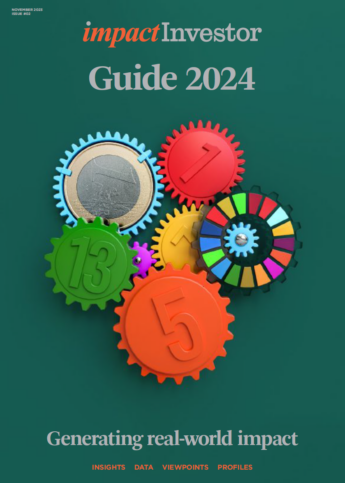
This article is part of the editorial content of the Impact Investor Guide 2024. You can download a digital copy of the guide here.




